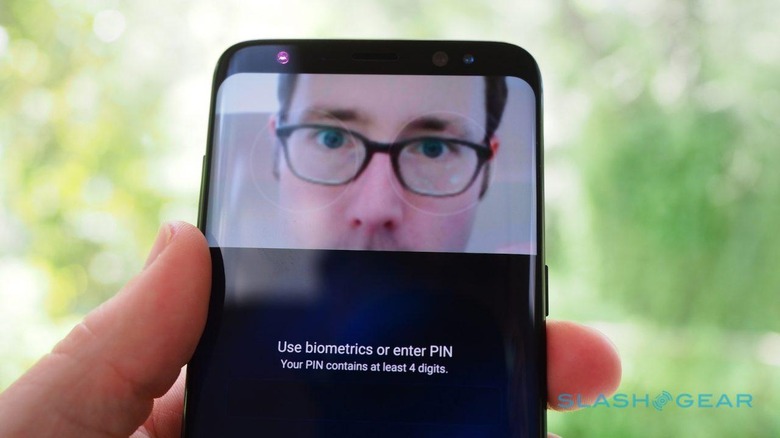The Galaxy S8 gives one great Note 7 feature a second chance
The Note 7 may be dead – or, at least, as good as dead – but its legacy carries on in some small but highly useful ways in the Galaxy S8. Samsung's new flagship smartphone for 2017 has been getting consistently positive reviews around the internet this week – from myself included – though early users still have a couple of criticisms. One of those sent me out looking for a feature I'd almost forgotten about on the last Note, what with the whole battery distraction.
I'll admit, I was pressured into doing so by one of the S8's design compromises. With the front home button gone, the fingerprint sensor had to go somewhere. Samsung opted to fit it on the back, right next to the 12-megapixel Dual Pixel camera.
There are lots of – good – reasons why Samsung had to place it there. While below the camera lens, in the middle of the body of the phone, would certainly have been more ergonomic, that would've introduced more compromises of its own. Biggest of those would be the impact on the battery, 3,000 mAh in the S8 and 3,500 mAh in the S8+, something Samsung knew it couldn't stint on.
Like others, I've found it can be a tricky location to reach, exacerbated by whether you typically hold your phone in your left or right hand. Over time I'd probably get used to it, and the slight finickiness of how it likes you to press your fingertip. However, luckily the Note 7 donated a better option: iris recognition.

A little confusingly, Samsung actually has two security systems which rely on looking at your face. Iris recognition is carried over from the Galaxy Note 7, while facial recognition is new on the S8. Both use front-facing sensors above the S8 and S8+'s display, but the similarities end there.
Samsung has been upfront that facial recognition is really more a convenience feature than a full-on security system. Indeed, you can fool it with a photo of your face, and while thieves probably won't carry one of those around, it's still probably not a great idea to rely on something so simple if you have anything but the minimum of personal data on your phone. In contrast, iris recognition is billed as being much more secure.
Having tried both systems, I'm not sure why you'd go for facial recognition. Samsung suggests it's faster, but in practice I've found the iris scanning to work almost instantaneously. You swipe the lock screen and, as long as you're facing the phone, it swiftly opens up. There's a warning when you register your eyes that it might not work if you have glasses on – the recommendation is to train the system while not wearing them, too – but I've got a fairly strong prescription and having encountered any issues.
Iris recognition isn't going to be for everyone. Your glasses may present more of a challenge for the camera – it has low-light illumination, but if you're wearing sunglasses it could be stymied – and since you can only register one person's eyes, it's no good if you want multiple people to have access to the same device. Then there's the need to look directly at the S8 in order for it to see you properly, which could require some contortions if it's on a desk.
NOW READ: 5 things to try on Galaxy S8 day 1
Nonetheless, I'm glad I was nudged into relying on it more often, because I'm finding it's more consistent for a fast unlock than trying to nudge my fingertip into the right place. The Note 7 may be gone, but its legacy lives on, and if you've been having second-thoughts about the S8 because of the finger sensor convenience then it's worth giving iris recognition a chance.
